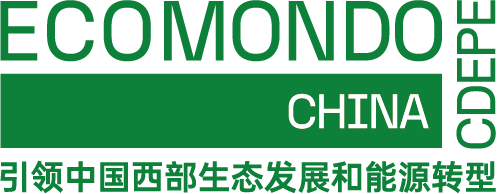An air filter is a device used to remove impurities in the air. The following is the relevant introduction:
Principle:
It purifies the air by intercepting, inertial impaction, diffusion, electrostatic adsorption and other principles to intercept or adsorb particulate matter such as dust, pollen, smoke, bacteria in the air as well as some harmful gases.
Classification:
- According to filtration efficiency: There are primary filters, which mainly filter larger particles and have relatively low filtration efficiency; medium-efficiency filters, which can filter particles of medium size with moderate efficiency; and high-efficiency filters, which can remove tiny particles and have a very high filtration efficiency for pollutants with extremely small particle sizes.
- According to structural form: There are plate filters, which have a simple structure and are in the shape of a flat plate; bag filters, which are shaped like pockets and have a large filtration area; framed filters, which have a solid frame and are convenient to install; and there are also high-efficiency filters without partitions. The interior of such filters has no partitions and has a high space utilization rate.
Main Materials:
- Filter paper: Common ones include glass fiber filter paper. Its fibers are fine and dense, with high filtration precision, and it can effectively block tiny particles. It is often used in high-efficiency filters.
- Filter screen: For example, the stainless steel filter screen has high strength, is durable and can be repeatedly cleaned and used. It is mostly applied to primary filtration. There is also the nylon filter screen, which has good flexibility and is resistant to wear.
- Activated carbon: It has a strong adsorption effect and can adsorb odors, harmful gases and so on in the air. It is often used in combination with other filtering materials.
Application Fields:
It is widely used in households, hospitals, electronic factories, pharmaceutical workshops, food processing factories, commercial office buildings and other places to provide people with a clean and healthy air environment and at the same time ensure that the production environment meets the corresponding standards.
Performance Indicators:
- Filtration efficiency: It reflects the ability to remove particulate matter of different particle sizes and is usually expressed as a percentage.
- Resistance: It refers to the obstruction that air encounters when passing through the filter. If the resistance is too large, it will affect the ventilation volume and needs to be controlled within a reasonable range.
- Dust holding capacity: It refers to the amount of dust that a filter can hold before reaching the specified resistance. The larger the dust holding capacity, the relatively longer the service life.
Maintenance:
Regularly clean or replace components such as filter cartridges. The cleaning methods depend on the materials and usage conditions. For example, the filter screen can be reused after being cleaned to remove dust, while filter cartridges made of filter paper generally need to be replaced when they reach the end of their service life to ensure the filtration effect.
Search








